All the physical surroundings on Earth are called the environment. The environment includes everything living and everything nonliving. Environment plays a very important role in healthy living and maintaining the balance of life. The existence of life on planet earth is possible only because of the suitable environment we live in.
Results
Environment Quiz
Brought to you by Kendriya Vidyalaya Adoor Library
Well done, guest! You deserve a trophy!Reload quiz

Environment Quiz
Brought to you by Kendriya Vidyalaya Adoor Library
Nice try, guest. Why don't you take the quiz again?Reload quiz


#1. In Nitrogen Cycle, soil nitrates are transformed into free nitrogen by
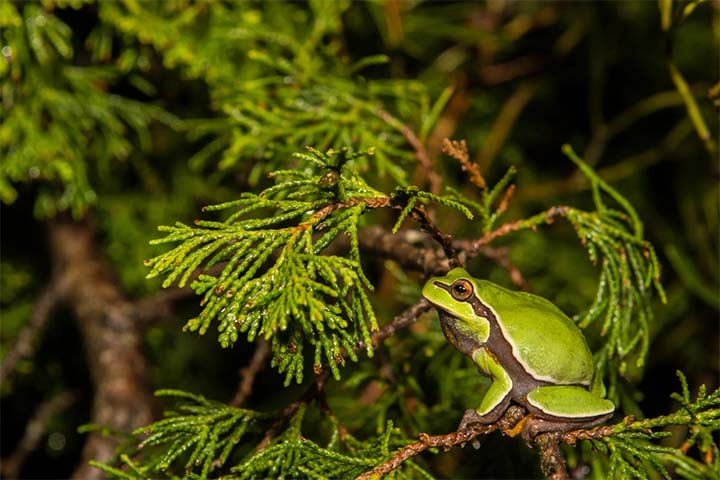
#2. An ecotone is an area that acts as a boundary or a transition between two ecosystems. The species which become abundant in an ecotone are called
Examples of ecotones include marshlands (between dry and wet ecosystems), mangrove forests (between terrestrial and marine ecosystems), grasslands (between desert and forest), and estuaries (between saltwater and freshwater). The species, which are found primarily or most abundantly or spend most of their time in an ecotone are known as edge species.

#3. Poaching is a severe threat to elephants. How many elephants are killed for their tusks?

#4. According to scientists, how many countries could run entirely on wind, solar, and water power by 2050?
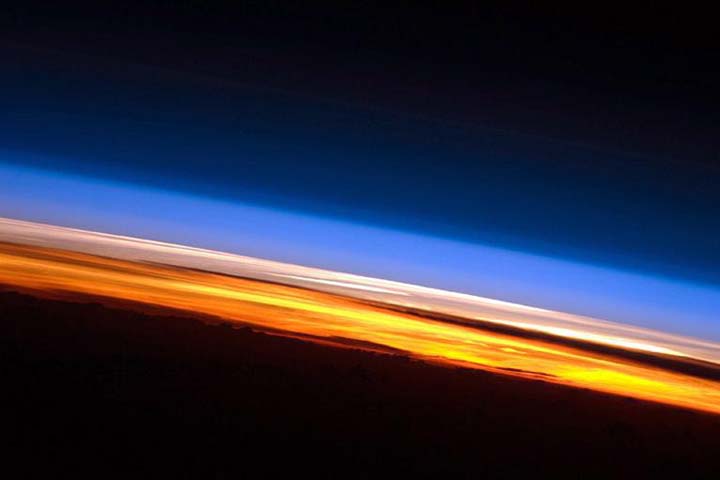
#5. The "thickness" of Stratospheric Ozone layer is measured in

#6. Name the atmospheric layer closest to the ground
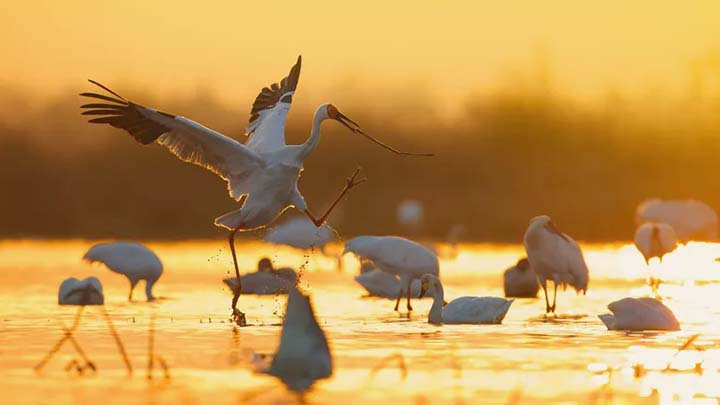
#7. The Siberian Crane, an endangered migratory bird is a regular visitor of which of the following national park or bird sanctuaries?

#8. Valmiki National Park and Wildlife Sanctuary is located at

#9. About 71% of the Earth is covered with water. How much of it is fresh water?
#10. Which among the following country is considered to have the world's first sustainable bio-fuels economy?
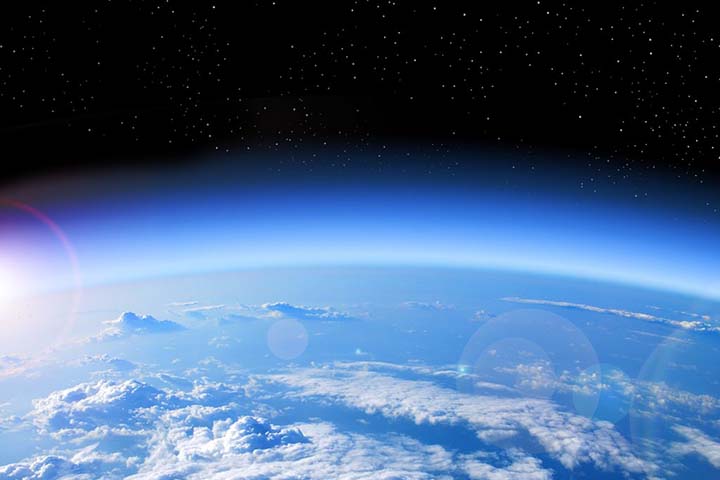
#11. The ozone layer restricts
The ozone layer is a thin part of the Earth’s atmosphere that absorbs almost all of the sun’s harmful ultraviolet light. “Ozone holes” are popular names for areas of damage to the ozone layer. Ozone layer damage is more like a really thin patch than a hole.
#12. In the Earth’s crust, which chemical element has the largest share of 47 percent in terms of weight?

#13. Identify the non Green-House Gas(GHG) from the following
A greenhouse stays warm inside, even during the winter. In the daytime, sunlight shines into the greenhouse and warms the plants and air inside. At nighttime, it’s colder outside, but the greenhouse stays pretty warm inside. That’s because the glass walls of the greenhouse trap the Sun’s heat.
The greenhouse effect works much the same way on Earth. Gases in the atmosphere, such as carbon dioxide, trap heat similar to the glass roof of a greenhouse. These heat-trapping gases are called greenhouse gases. The primary greenhouse gases in Earth’s atmosphere are water vapor, carbon dioxide, methane, nitrous oxide and ozone.

#14. What is an endangered species?
An endangered species is a type of organism that is threatened by extinction. Species become endangered for two main reasons: loss of habitat and loss of genetic variation.
#15. What is the theme of World Environment Day 2023?
The World Environment Day theme for 2023 is “Solution to plastic pollution” and the event was hosted by Côte d’Ivoire, a country on the southern coast of West Africa. It is a reminder that people’s actions on plastic pollution matters. The steps governments and businesses are taking to tackle plastic pollution are the consequence of this action. It is time to accelerate this action and transition to a circular economy.
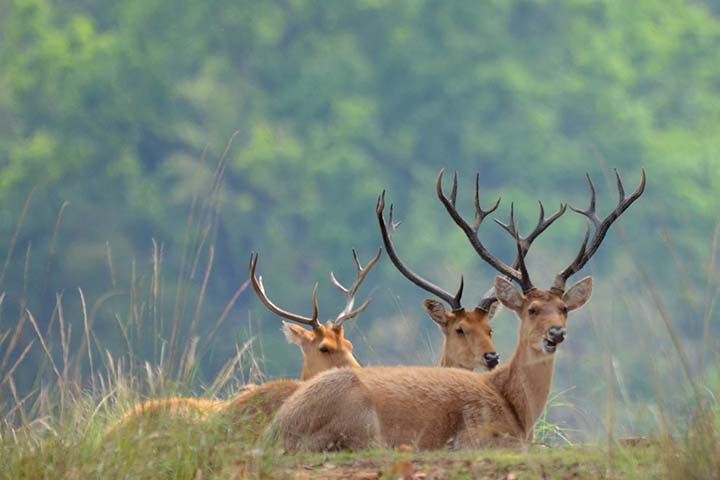
#16. Kanha National Park is located at
#17. Which of the following is NOT considered to be a source of renewable energy?
#18. The largest number of Tiger Reserves are located in

#19. In which year was Environment Day observed for the first time?
First held in 1974, the Environment Day has been a platform for raising awareness on environmental issues such as marine pollution, human overpopulation, global warming, sustainable consumption and wildlife crime.

#20. Sounds from boats and sonar devices are dangerous to whales.
Ocean noise created by human activities puts marine species at risk and threatens their survival. In fact, increased noise levels can impact certain species like whales, who rely on the ability to communicate and hear in their natural environment to find food, mates, and avoid predators.






Good morning sir/mam.
I have completed the quiz .
Sir, good question
Good
This is so wonderful and interesting to attend such type of quiz questions about our environment.
Good
This is very interesting
I have completed the qiuz sir iam Anjali Bhoi class VI A roll no7
I try my best .
Your test us amazing.
Good evening sir/mam
I have completed the guiz
We all belong to this earth /environment
Good morning sir
I have completed quiz
Wow such a beautiful quiz
I am completed the quiz
Your test us amazing.
Snehamayee Sahoo ,VII B 21
i am already attemt this Environment Quiz
I got the score 19/20